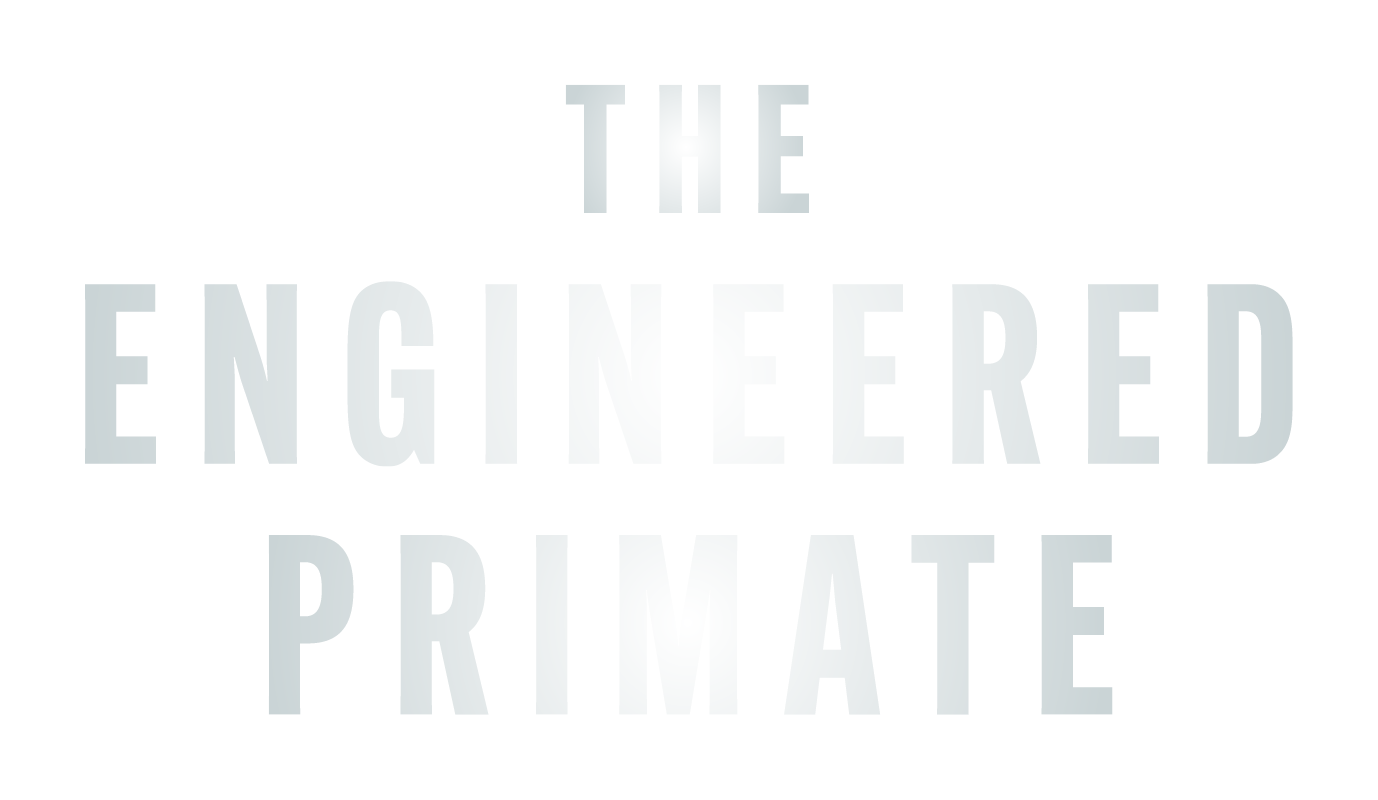Protein – The Structure of Life
Alberts, B., Johnson, A., & Lewis, J. et al. (2014). Molecular Biology of the Cell. Garland Science.
Provides an in-depth overview of protein synthesis, structure, and function in cellular processes.
Brody, T. (1999). Nutritional Biochemistry. Academic Press.
Explores the biochemical processes of protein digestion, amino acid absorption, and systemic uses.
Gropper, S. S., Smith, J. L., & Carr, T. P. (2016). Advanced Nutrition and Human Metabolism. Cengage Learning.
Comprehensive insights into the metabolism of proteins, including muscle synthesis and enzymatic functions.
Millward, D. J. (2008). “Protein quality assessment: Impact of expanding understanding of protein and amino acid needs for optimal health.” The American Journal of Clinical Nutrition, 87(5), 1576S–1581S.
Evaluates protein quality and utilisation efficiency, emphasising evolving knowledge of human protein and amino acid requirements for optimal health.
Wolfe, R. R. (2006). “The underappreciated role of muscle in health and disease.” The American Journal of Clinical Nutrition, 84(3), 475–482.
Explores protein’s diverse systemic functions, emphasising muscle’s broader metabolic roles beyond just protein synthesis and growth.
Tarnopolsky, M. A. (2004). “Protein requirements for endurance athletes.” Nutrition, 20(7–8), 662–668.
Highlights the role of protein digestion and absorption in physically active populations.
Aiello, L. C., & Wheeler, P. (1995). “The expensive-tissue hypothesis: The brain and the digestive system in human and primate evolution.” Current Anthropology, 36(2), 199–221.
Discusses how metabolic trade-offs, including protein allocation, enabled brain enlargement during human evolution, influencing dietary adaptations and digestive efficiency.
Leonard, W. R., & Robertson, M. L. (1997). “Comparative primate energetics and hominid evolution.” American Journal of Physical Anthropology, 102(2), 265–281.
Explores how protein availability and dietary adaptations influenced energetic demands, driving key physiological changes during human evolutionary development.
Hever, J., & Cronise, R. J. (2017). “Plant-based nutrition for healthcare professionals: Implementing diet as a primary modality in the prevention and treatment of chronic disease.” Journal of Geriatric Cardiology, 14(5), 355–368.
Discusses the advantages of plant-based proteins and dietary interventions in the prevention and management of chronic diseases, emphasising nutrition’s critical role in systemic health.
Wu, G. (2013). “Functional amino acids in nutrition and health.” Amino Acids, 45(3), 407–411.
Explores the diverse roles of specific amino acids in physiological processes, emphasising their importance in immune function, neurotransmission, and overall systemic health.
Phillips, S. M., & van Loon, L. J. (2011). “Dietary protein for athletes: From requirements to optimum adaptation.” Applied Physiology, Nutrition, and Metabolism, 36(6), 647–654.
Examines how dietary protein, particularly slow-digesting sources, facilitates sustained muscle repair, growth, and adaptation in athletes.
Satija, A., Bhupathiraju, S. N., Rimm, E. B., et al. (2016). “Plant-based dietary patterns and incidence of type 2 diabetes in US men and women: results from three prospective cohort studies.” PLOS Medicine, 13(6), e1002039.
Discusses the protective effects of plant-based dietary patterns against type 2 diabetes, highlighting the risks associated with high animal protein intake.
McPherron, A. C., & Lee, S. J. (1997). “Double muscling in cattle due to mutations in the myostatin gene.” Proceedings of the National Academy of Sciences, 94(23), 12457–12461.
Investigates how mutations in the myostatin gene affect muscle development, highlighting the genetic regulation of muscle growth and protein synthesis.
Schiaffino, S. & Reggiani, C. (2011). “Fiber types in mammalian skeletal muscles.” Physiological Reviews, 91(4), 1447–1531.
Discusses how muscle fibre adaptations influence protein use and growth.
Rodriguez, J., Vernus, B., Chelh, I., Cassar-Malek, I., Gabillard, J. C., & Salles, J. (2014). “Myostatin and the skeletal muscle atrophy and hypertrophy signalling pathways.” Cellular and Molecular Life Sciences, 71(22), 4361–4371.
This paper explores the genetic factors regulating muscle repair and growth, focusing on myostatin’s role in muscle tissue.
Conlon, M. A., & Bird, A. R. (2015). “The impact of diet and lifestyle on gut microbiota and human health.” Nutrients, 7(1), 17–44.
Discusses interactions between dietary protein intake and gut microbiota, emphasising the resulting effects on digestion, inflammation, and overall systemic health.
